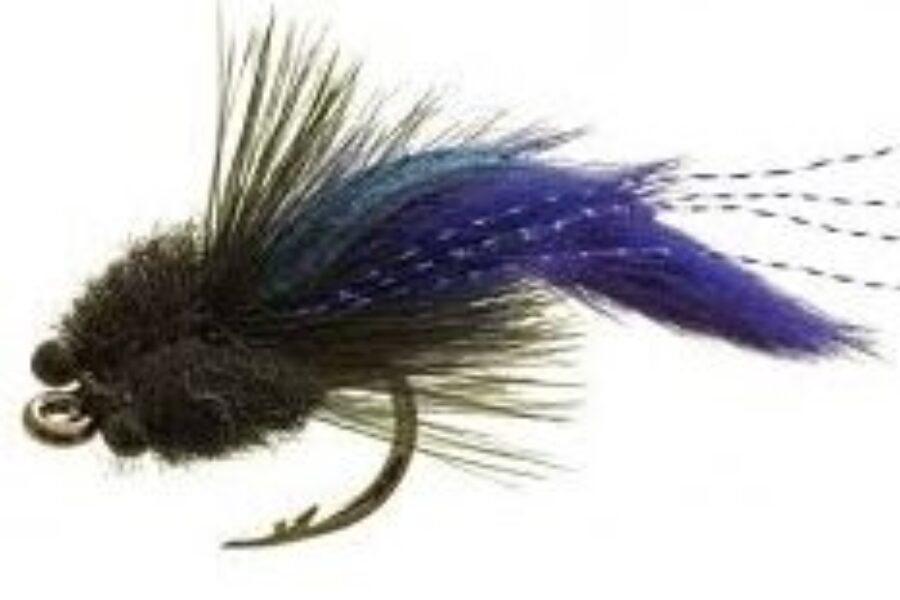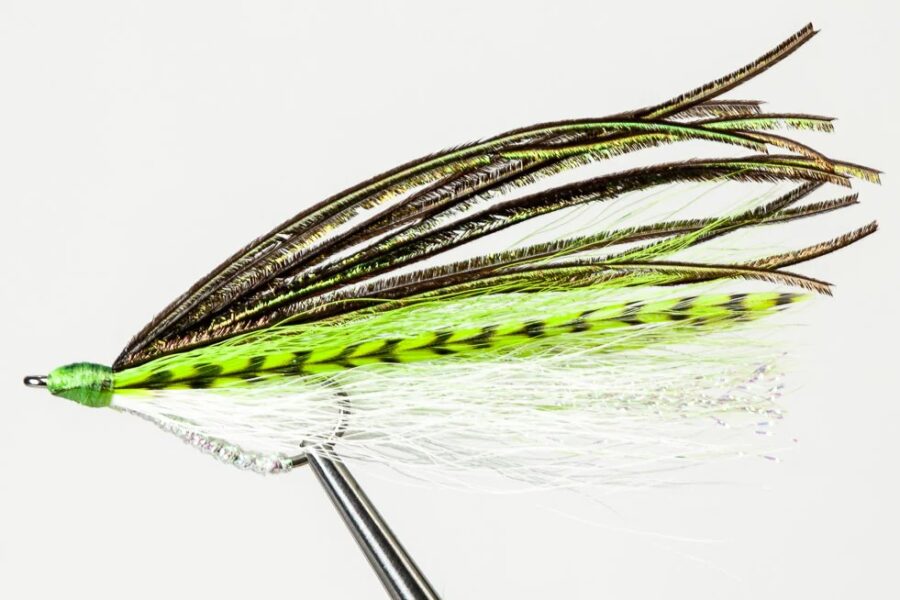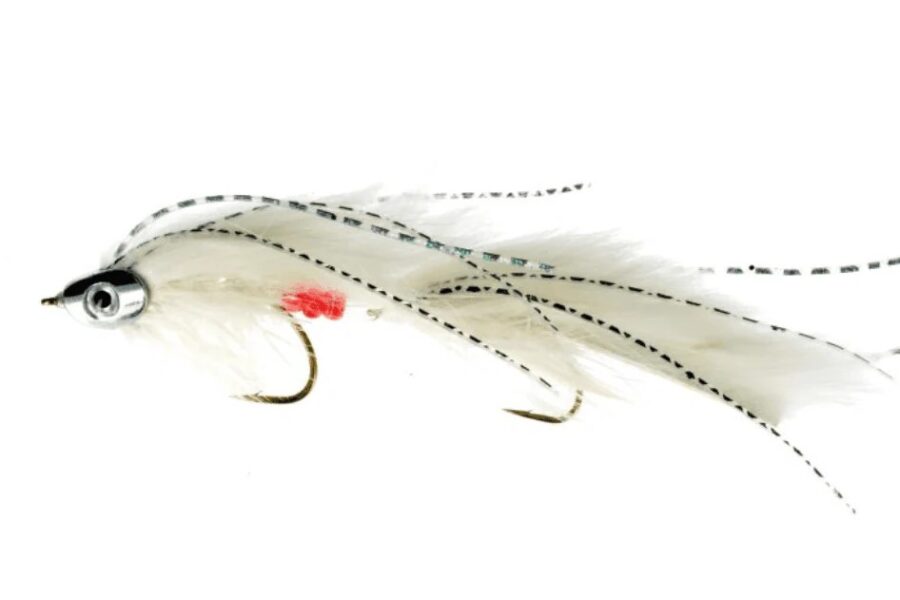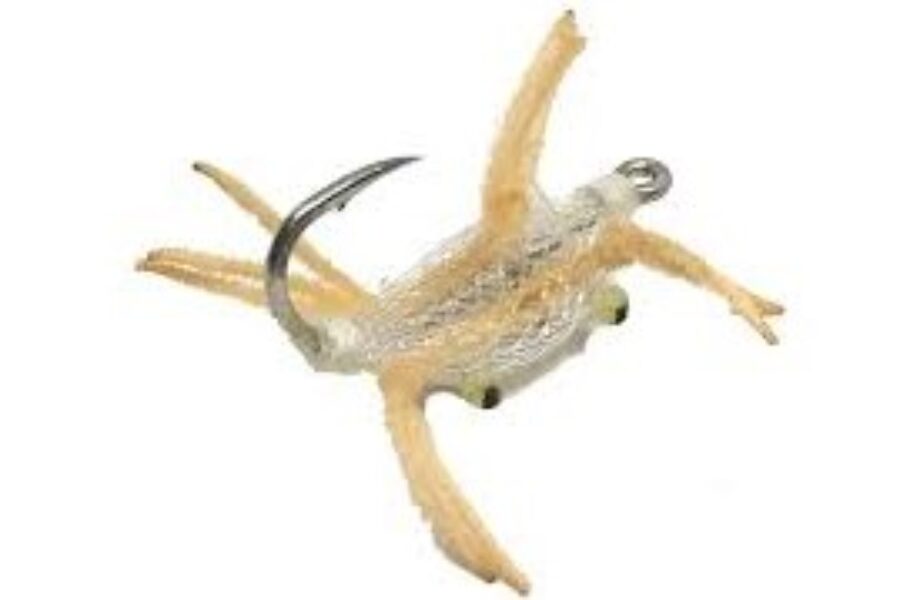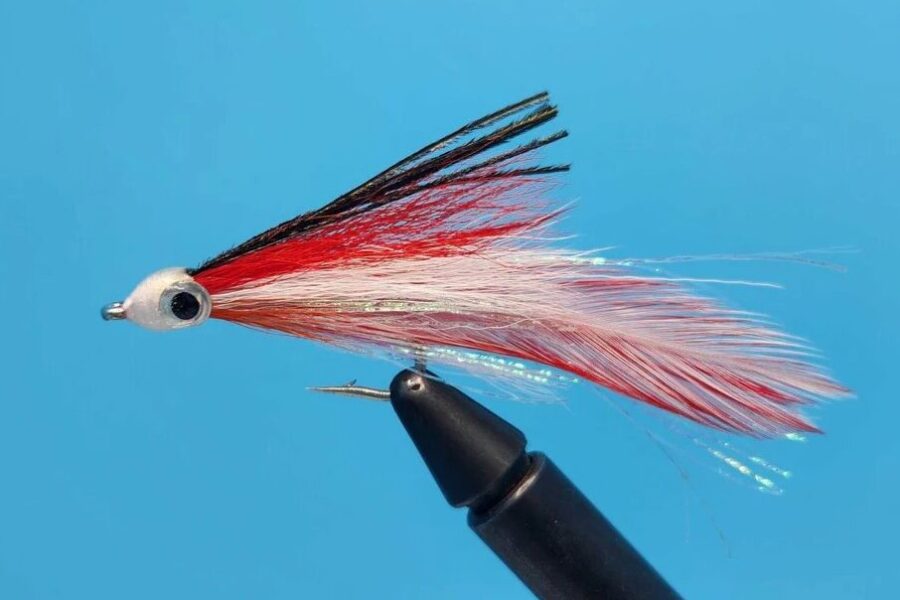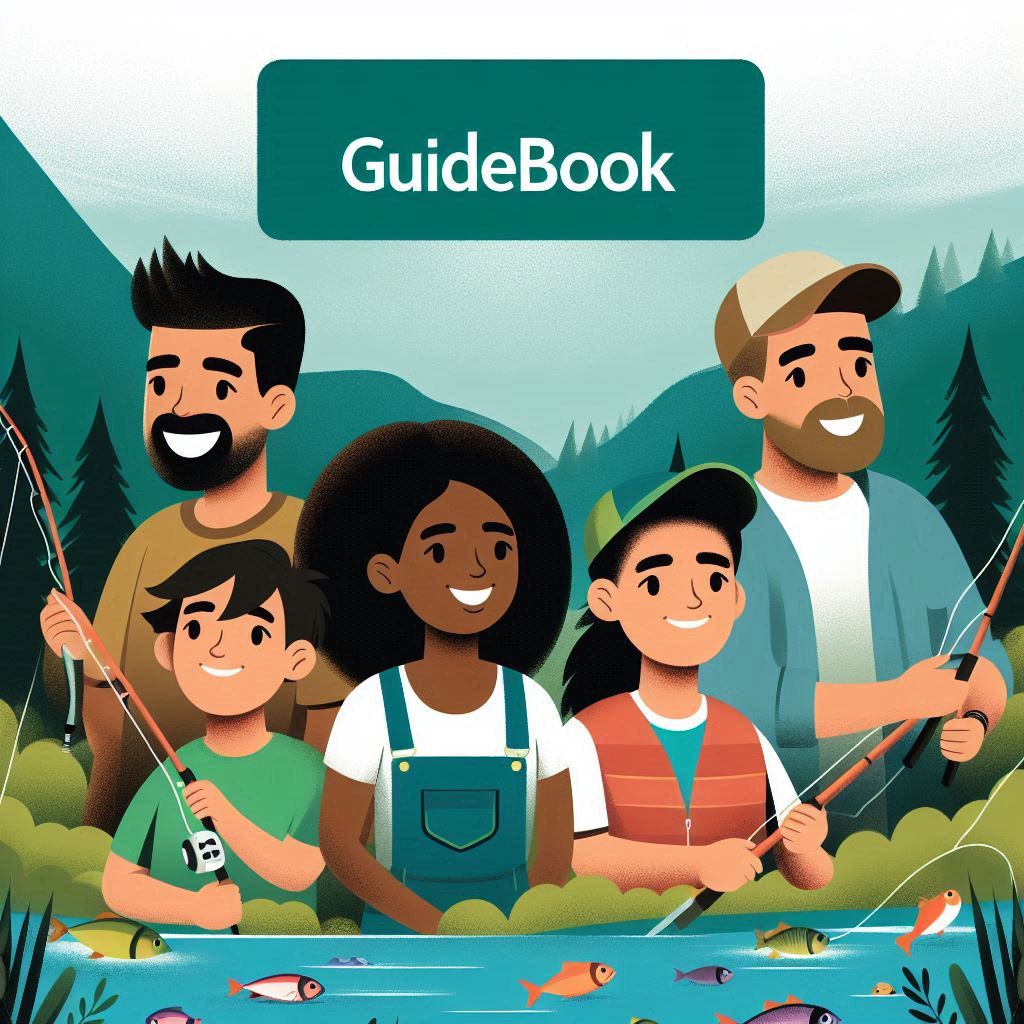Boost your fish catch rate with these 10 expert techniques and tips
Introduction
Sitting in a boat as you admire the beauty surrounding you while casting your rod is an amazing and relaxing pursuit. Fishing combines the tranquility of nature with the thrill of the catch, making it a beloved pastime for millions worldwide. Although fishing requires technique and understanding to be successful, using these comprehensive tips will help you become a fishing expert and maximize your time on the water.
- Basic Fishing Fundamentals
Essential Equipment Management
The most important piece of equipment in your tackle box is a sharp hook on your line. A sharp hook ensures that your fish will remain hooked as you reel it in. Check the sharpness of your hooks regularly, and replace those that have become dull and worn. A simple way to test hook sharpness is to gently drag the point across your fingernail – a sharp hook will catch slightly, while a dull one will slide freely. Consider keeping a small hook file in your tackle box for quick touch-ups during your fishing trip.
Strategic Lure Selection
Bass can be caught using grubs, which are versatile and effective lures. These small lures can help you reel in some very large fish, proving that bigger isn’t always better. They are particularly effective in catching both small and largemouth bass. Grubs are perfect for fishing highland reservoirs that do not have a large amount of coverage, as their subtle presentation can entice fish in clearer waters.
- Environmental Responsibility
Conservation Principles
Regardless of the type of fish you are pursuing, remember to respect both the fish and your favorite fishing hole. Keep in mind that nature belongs to animals and other types of wildlife, and their survival depends on responsible fishing practices. Practice catch and release when appropriate, and always follow local fishing regulations. Do what you have to in order to avoid destroying the natural environment, including properly disposing of fishing line and other materials that could harm wildlife.
- Advanced Fishing Methods
Deep Sea Fishing Techniques
When deep sea fishing, learning to read the water is crucial. Look for nearby fish by observing surface activity and environmental indicators. You will want to take note of driftwood or debris floating on the water, as these structures often attract baitfish and, consequently, larger predatory fish. You might even see substantial game fish in these areas. If you observe seagulls preying on small fish, there may very well be larger fish lurking just beneath the surface of the water, as birds often indicate the presence of baitfish being pushed to the surface by feeding predators.
Adaptive Fishing Strategies
Successful fishing requires flexibility and willingness to experiment. You need to do some experimenting to find out which lures work best in different situations. Factors such as time of day, weather conditions, and water temperature can all affect fish behavior and their response to different lures. Keep a fishing journal to track which combinations work best under specific conditions.
- Understanding Fishing Conditions
Weather Impact on Fishing
Wind direction and strength significantly affect fish movement patterns. You need to make sure you are casting into the wind for better lure control and presentation. If there is a very strong wind, the fish will more than likely stay too low in the water to where you aren’t able to reach them. Learning to adapt your fishing strategy to weather conditions can dramatically improve your success rate.
Strategic Bait Selection
Be aware of your bait’s color and how it will look to fish in different water conditions. You want to use bait that these fish can easily see. If the water you are fishing in is murky, go for a bright color that stands out. When the water is clear, use darker colors that are deep and won’t blend into their surroundings. Consider the natural prey in your fishing area and try to match your bait accordingly.
- Fish Landing Techniques
Professional Landing Methods
When you hook a fish, do not let panic take over. Do not reel in your fish when it’s swimming away from you with force. Instead, keep your rod at around a 45-degree angle to the lake and aim it at the fish. This position gives you the best combination of control and flexibility to tire the fish safely.
Net Usage Skills
Bring a catching net the next time you go out fishing. A net is the best way to land a very jumpy fish and reduces the chance of losing it at the last moment. This helps reduce the chance that a fish will be injured as it struggles to return to the water. Choose a net with soft, fish-friendly mesh to protect the fish’s scales and slime coating.
Group Fishing Protocol
If you’re fishing with a buddy, take your line out of the water when your partner catches a fish, and have your partner do the same for you. This prevents tangled lines and allows everyone to assist with landing larger fish when necessary. Good communication and cooperation make for a more enjoyable fishing experience for everyone.
- Specialized Fishing Methods
Night Fishing Techniques
Night fishing can provide a great way to change up the experience and often yields different results than daytime fishing. You may encounter a completely different range of fish than you would during daylight hours. Make sure to bring appropriate lighting and safety equipment for night fishing adventures.
Surf Fishing Fundamentals
Have you ever tried surf fishing? This is a great way to combine fishing and swimming during the summer months. You can use artificial lures, shrimp, or artificial bait in catching tasty fish from the shoreline. Surf fishing requires different techniques and equipment than boat fishing, but can be equally rewarding.
- Technical Skills Development
Essential Knot Mastery
Learning a few simple knots would help you tremendously when you go fishing. A little practice in this area can go a long way. Essential knots include the improved clinch knot for attaching hooks and lures, the Palomar knot for braided line, and the uni knot for joining lines. Practice these knots at home before heading to the water to build muscle memory.
Large Fish Targeting
If you wish to catch large fish, try using bigger bait. Bluegill and Crappie are two excellent types of bait for big fish. Remember that larger predatory fish often prefer substantial meals, so matching your bait size to your target species is crucial. However, don’t overlook the effectiveness of smaller baits, as even large fish will sometimes prefer them.
- Environmental and Fish Care
Environmental Stewardship
Fish will stay away from areas of the water that have trash in them. This will prevent all fishermen from catching fish and affect the overall fishing experience for people around you. Take responsibility for keeping your fishing spots clean and consider participating in local cleanup efforts to maintain healthy fishing environments.
Fish Processing Skills
Learn how to properly clean a fish to maximize your catch. This will leave you with a cleaned fish open and ready to be boned. Proper cleaning techniques not only make cooking easier but also help preserve the quality of the meat. Invest in a good fillet knife and cutting board specifically for fish preparation.
- Local Knowledge and Equipment
Community Resources
Ask people familiar with the area about good fishing holes. You may be able to gather valuable information from people such as park rangers, postal carriers, and local fishing enthusiasts. Local bait shops are excellent sources of current fishing conditions and hot spots. Always get appropriate permission from the person who owns the body of water, and never go fishing without a permit.
Hook Selection Strategy
Make sure you have the correct hook for the specific type of fish you wish to catch. Use 10-14 sized hooks for smaller fish and 6-8 sized hooks for something larger, and larger hooks (size 6-8) for walleye and bass. Consider using circle hooks for catch-and-release fishing, as they typically hook fish in the corner of the mouth, reducing injury.
Equipment Organization
Use safety pins to assist you in keeping fishing implements safe and separated. The pinpoint should be threaded through each eye hook. You can put several hooks on one pin, using a different pin for different sized hooks. This simple organization system helps prevent tangles and makes it easier to find the right hook quickly.
- Modern Fishing Approaches
Technology Integration
Fish finders can help you locate and visualize fish below you, showing both size and location. While not necessary for successful fishing, modern technology can help accelerate the learning curve and increase your chances of success. However, remember that traditional skills and knowledge remain fundamental to becoming a well-rounded angler.
Adaptive Strategies
Using the same bait is usually pointless because different types of fish aren’t attracted to similar bait. Be prepared to change your approach based on the fish species you’re targeting and the conditions you encounter. Keep a variety of lures and baits in your tackle box to adapt to changing situations.
Conclusion
Fishing is simple once you know the basics, but mastering the sport requires patience, practice, and attention to detail. The advice provided here will give you confidence the next time you take your boat out on the lake and enjoy an afternoon of fishing. Remember that every fishing trip is an opportunity to learn and improve your skills, whether you catch fish or not. The combination of preparation, proper technique, and respect for the environment will help ensure successful and enjoyable fishing experiences for years to come.

